CRAFTING EFFICIENCY: THE ART OF MANUFACTURING DESIGN
Manufacturing design encompasses the process of creating products in a way that optimizes efficiency, quality, and cost-effectiveness during production. It involves designing products and their manufacturing processes concurrently to ensure that they can be efficiently produced at scale. This includes considerations such as material selection, manufacturing techniques, assembly processes, and quality control measures. The goal is to create products that meet customer needs while also being manufacturable in a reliable, cost-effective manner.
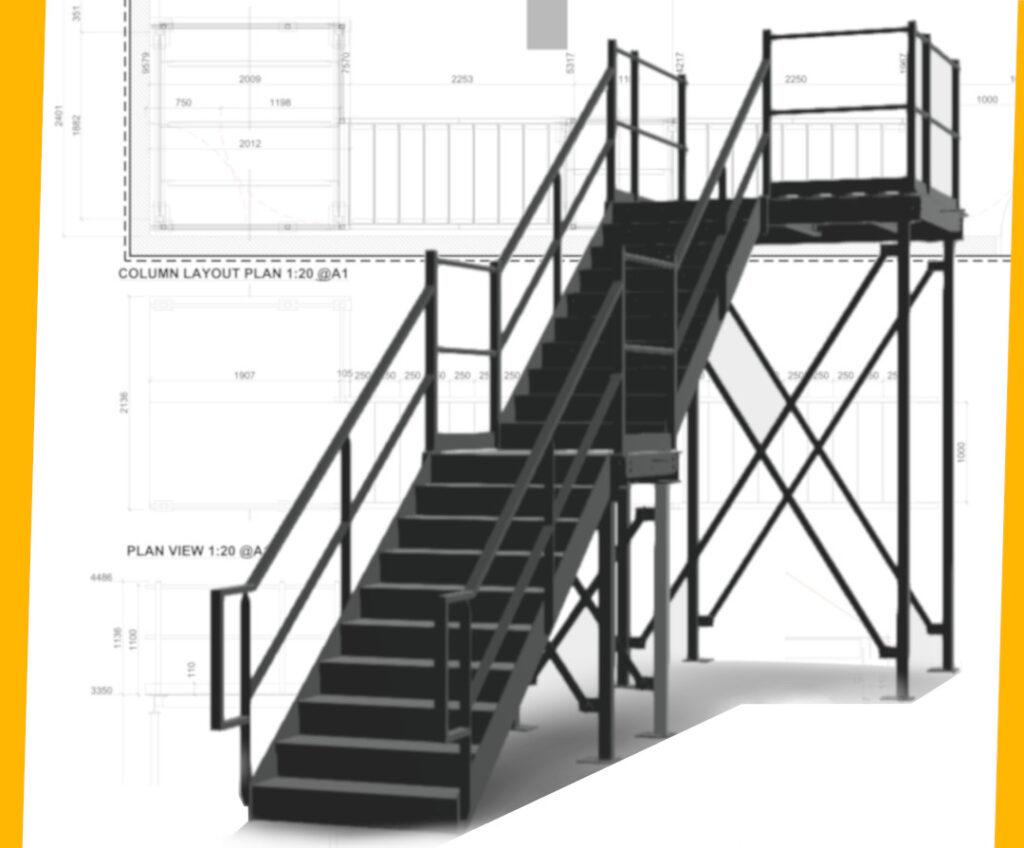
"Virtual Fabrication is CAD's Influence on Modern Manufacturing design"
CAD FOR STEEL FABRICATION & MANUFACTURING

CAD plays a critical role in steel fabrication by enabling efficient design, precise planning, structural analysis, documentation, integration with manufacturing processes, and effective collaboration, ultimately leading to high-quality fabricated steel structures and components.
CAD FOR BESPOKE JOINERY, CABINET MAKING & FITOUT

CAD plays a crucial role in manufacturing bespoke joinery by enabling designers to create, visualize, customize, and communicate intricate designs with precision, resulting in high-quality, tailored joinery pieces that meet the unique needs and preferences of clients.
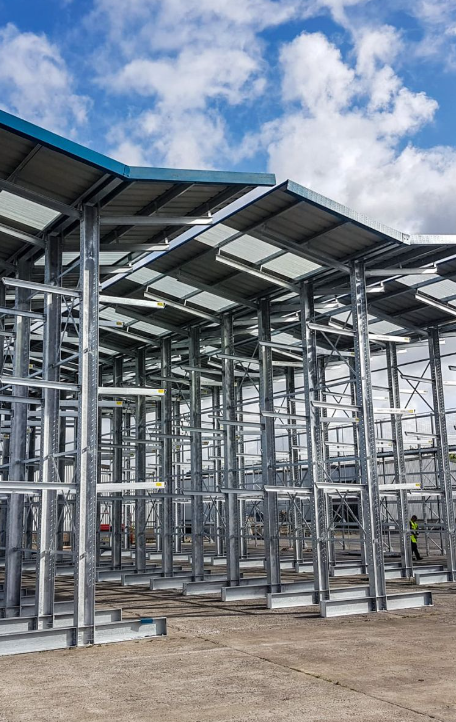
meticulous creation of precise drawings specifying dimensions, connections, and materials for fabrication and erection of steel structures, ensuring accuracy, compliance, and efficiency in construction projects.
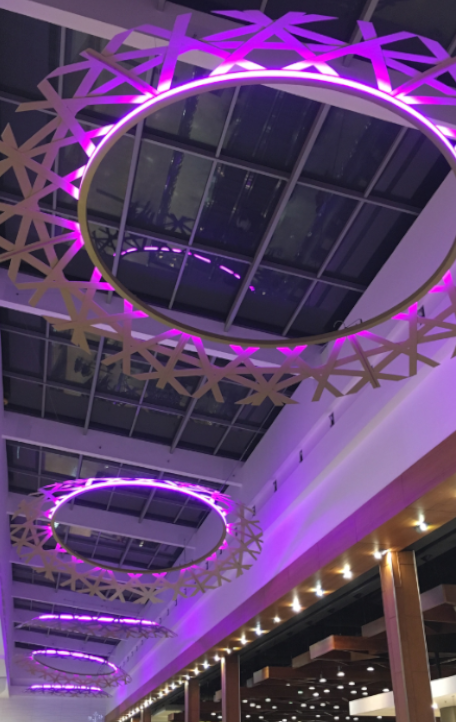
Detailed plans specifying dimensions, materials, and assembly instructions for manufacturing steel components, essential for ensuring accuracy and efficiency in the fabrication process.
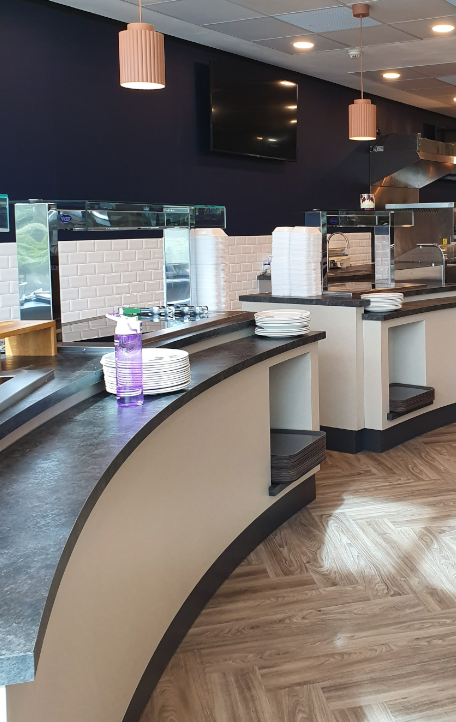
Cabinetry design & CNC programming files
Streamline cabinetry design by enabling precise 2D and 3D modeling, efficient material optimization, and realistic visualization, ensuring customized solutions that meet functional and aesthetic requirements for interior spaces.
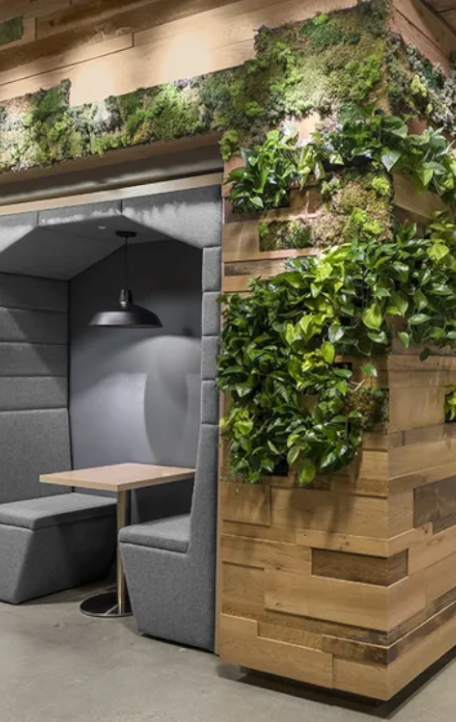
Space planning & Shopfitting design
How we use CAD for steel fabrication design
CAD (Computer-Aided Design) is extensively used in steel fabrication to streamline the entire process from design to production. Here’s how CAD Monke utilized CAD software in steel fabrication:
Initial Design: we use CAD software to create detailed 2D or 3D models of the steel structures or components to fabricate. These models allow visualization of the final product allowing you to make necessary adjustments before fabrication begins.
Precision Planning: CAD software enables precise measurements and calculations, ensuring that each component is accurately sized and positioned within the structure. This precision helps minimize material waste and ensures the integrity of the final product.
Structural Analysis: CAD tools often include simulation and analysis features that allow engineers to test the structural integrity of their designs under different conditions, such as varying loads or environmental factors. This helps identify potential weaknesses or areas for improvement before fabrication begins.
Detailing and Documentation: CAD software enables the creation of detailed drawings and documentation for every stage of the fabrication process. This includes fabrication drawings, assembly instructions, material lists, and part specifications, which are essential for ensuring accuracy and efficiency in fabrication.
Integration with CAM: CAD models can be seamlessly integrated with CAM (Computer-Aided Manufacturing) software, which generates instructions for the fabrication machinery. This integration ensures that the fabrication process accurately translates the design specifications into physical components.
Collaboration and Communication: CAD models serve as a central reference point for collaboration between engineers, fabricators, and other stakeholders involved in the project. They allow for clear communication of design intent and facilitate feedback and revisions throughout the fabrication process.
Overall, CAD plays a critical role in steel fabrication by enabling efficient design, precise planning, structural analysis, documentation, integration with manufacturing processes, and effective collaboration, ultimately leading to high-quality fabricated steel structures and components.
What software do we use for steel fabrication design

Although many forms of computer aided design software are used within the steel fabrication and manufacturing industry. CAD Monke’s are fully licenced , trained and proficient in the use of Autodesk Advanced Steel & Autodesk AutoCAD.
How we use CAD for timber manufacturing design
CAD (Computer-Aided Design) is a valuable tool in bespoke joinery for designing, planning, and executing customized woodworking projects. Here’s how CAD Monke typically use CAD in bespoke joinery design:
Designing Custom Pieces: CAD software allows designers to create detailed 2D and 3D models of custom joinery pieces, such as cabinets, doors, windows, and furniture. Designers can experiment with various shapes, dimensions, and materials to meet the specific requirements and preferences of clients.
Visualization and Rendering: CAD software enables designers to visualize the final product in a realistic way through rendering capabilities. This helps clients better understand and approve the design before production begins.
Material Optimization: CAD software allows designers to optimize material usage by nesting components efficiently within raw material sheets or boards. This helps minimize waste and reduces material costs, which is particularly important for bespoke joinery projects where materials may be expensive or rare.
Customization and Iteration: CAD facilitates easy customization and iteration of designs based on client feedback or changing requirements. Designers can quickly make adjustments to the digital models without the need for extensive rework, saving time and ensuring client satisfaction.
Integration with CNC Machinery: CAD models can be directly exported to CNC (Computer Numerical Control) machines for automated cutting, carving, and milling of joinery components. This integration ensures accuracy and consistency in manufacturing, even for complex or intricate designs.
Collaboration and Communication: CAD models serve as a central reference point for communication between designers, craftsmen, and clients. They enable clear visualization of design intent and facilitate collaboration throughout the project lifecycle.
Overall, CAD plays a crucial role in bespoke joinery by enabling designers to create, visualize, customize, and communicate intricate designs with precision, resulting in high-quality, tailored joinery pieces that meet the unique needs and preferences of clients.
What software do we use for steel fabrication design

Although many forms of computer aided design software are used within the shopfitting and furniture design industry. CAD Monke’s are fully licenced , trained and proficient in the use of Autodesk Inventor & Autodesk AutoCAD.
why we love what we do
“Creativity is the lifeblood of the profession, whether it’s in a practical sense (drawing) or a theoretical one (‘how can I make this system work better?’). Technical design may be stressful, but it’s rarely ever boring.”
Ben Driver
Chief Monke

“When we receive a new project or interact with a client, we get to learn more about their industry, business, and audience. Design fosters connection through these interactions and the different kinds of clients we encounter each and every day”
Ian Broadwidth
Architectural Monke

“Product design is energizing and as satisfying for me designing the product as it is for the clients we work for. Putting myself in the users shoes is among the key aspects of the job and I consider this requirement a privilege.”
Mike Kildare
Product Design Monke

every great design begins with an even better story
CONTACT
General Inquiries:(01535) 281182
(07590) 564087
hello@cadmonke.co.uk
Copyright ©2021 CAD Monke. All Rights Reserved.

